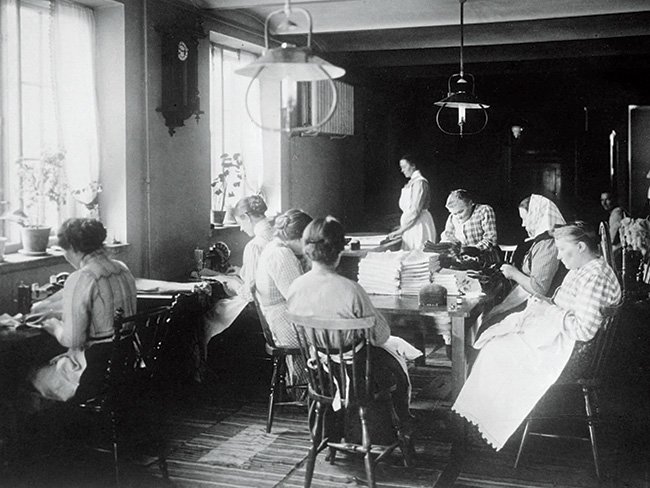The New Welfare

Modern Swedish civil society must be seen against the background of the breakthrough of the market society and modern democracy in the 1800s. As the old feudal system fell apart, new organisations and associations emerged in what historian Torkel Jansson has called "an explosive void".
Some organisations were political, others were economic, religious or social, and together they responded to a new modern world, where individuals were released from institutions from an older time. On the one hand, it presented opportunities for political, social and economic self-organisation, when old hierarchical and feudal structures were in their grave; on the other hand, it led to rapid upheavals in the economic and social orders, so that many suddenly stood without social and economic security, and were therefore in need of new associations that gave them both a political voice and social welfare. This new associational form came to play a crucial role in the eme...
Gästprofessor i historia vid Uppsala universitet.



